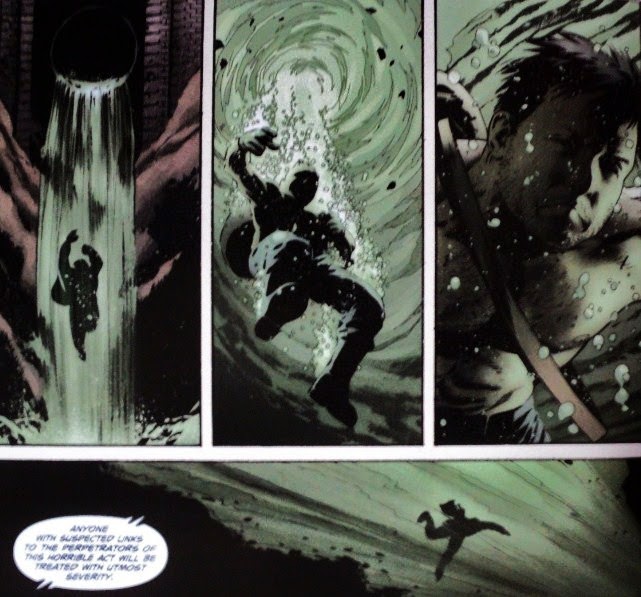 |
| Pink Mirón - Antonio de Felipe |
“Love is the general name of the quality of attachment and it is capable of infinite degradation and it is the source of our greatest errors”. - Iris Murdoch. I was just remembering this quote today, of all days, because twelve months have already passed since I last saw Juana Cueto. Her departure saddened me deeply; the death of a great friend doesn’t simply wear off after a few weeks. Juana had promised me that she would return home just in time for her birthday. I owe her a cake. I had just received her last call, from Chincha, only a few hours away from the city. She had told me “I’ll be in Lima in June” and I looked myself in the mirror and said to myself “when she gets here I am going to give her a surprise; I am going to buy her a cake, something she hasn’t tasted before; it will be a surprise”. She had sore feet. She was always worried because I also had sore feet, that’s why she would insist that I should eat veggies and fruits and do some exercise (which I do now, every day). So we both had sore feet. Once we were here in the house, probably in this very same room, and she said she didn’t notice any pain at all because I looked so sad (she would always be able to tell when I wasn’t feeling too good). And we had a war about our feet. And to think that Juana no longer needs to use his feet; that we can no longer share those silly moments, that for her it’s all over…
Arcadio B. (AKA Arion)
_______________________________________________________________
 |
| Sketch / boceto |
Ayer se inauguró en la Galería Enlace la muestra LO+POP del artista español Antonio de Felipe. Con impecables grabados que nos remiten a la estética pop, Antonio de Felipe reproduce el estilo casual y dinámico de los artistas pop más representativos del siglo XX; así, por ejemplo, realiza retratos de gran dimensión de Marilyn Monroe, en todos la imagen de base es la misma pero para cada caso desarrolla un estilo específico: Andy Warhol, Roy Lichtenstein, pin-ups de la década del 40, etc.
Me encontré con varios amigos, aunque en esta ocasión me quedé conversando un buen rato con el artista Roberto Cores. Después de haber pasado una tarde bien provisto de alcohol, decidí que lo más prudente durante la noche era no tomar más de tres o cuatro copas de vino tinto, y en efecto logré mantener este límite autoimpuesto.
 |
| My first version / mi primera versión |
El jueves también almorcé con mi amigo Rafael Velásquez, nos quedamos conversando cerca de tres horas. Creo que ambos estábamos un poco desanimados, aunque por distintos motivos, yo porque en junio se cumplía un año de la muerte de Juana Cueto y además por no haber sido contratado por la Cooperación Alemana justo en el momento en el que un buen sueldo hubiese concretado diversos proyectos y viajes. Nos terminamos un malbec argentino antes de la hora del almuerzo, y no sé si eso habrá aumentado las horas de conversa. Mientras estaba ojeando el libro Lima Perú editado por el famosísimo Mario Testino, me quedé impresionado por la variedad y calidad de fotos y, también, por los cuadros de diversos artistas que forman parte de la edición. Rafael me dijo que seguramente reconocía a los artistas en cada una de las páginas, y efectivamente, así fue con los cuadros de Ricardo Wiese o de Pablo Patrucco, hasta que llegué a la reproducción a doble página de “Un matin dans le sale de bain en train le montre le pipi” obra del joven artista limeño Giancarlo Scaglia. Quedé realmente impresionado; se trataba, por cierto, de la primera vez que veía la obra de Scaglia. Rafael ya había ido antes a una de sus muestras en Lucía de la Puente, pero yo simplemente no había tenido la oportunidad de ver esa pintura. Así que para el próximo post trataré de incluir una imagen del cuadro en cuestión, a ver qué les parece.
 |
| My final version / mi versión final |
Y ya para terminar, los dejo con la figura que me sirvió para desarrollar dos viñetas distintas para una historia que se publicará próximamente; así como el paso previo antes de llegar a la versión final. Ahora que ya pasó la mitad del año, me alegra comprobar que la cantidad de visitantes ha seguido en aumento, espero que siga así y que sigan escribiendo comentarios en este y en todos los futuros posts.




























